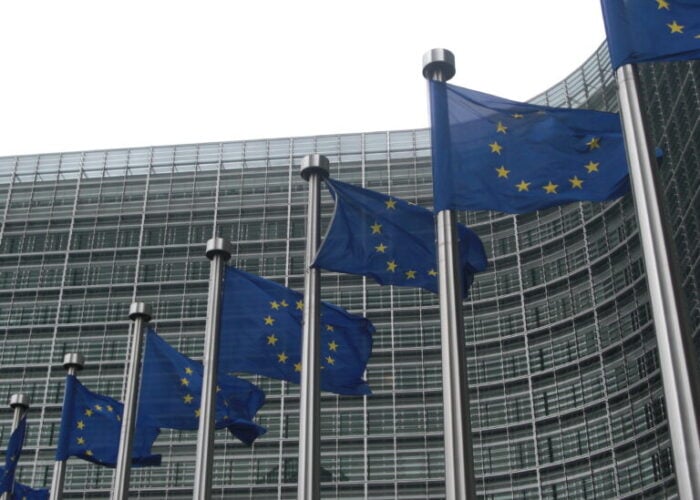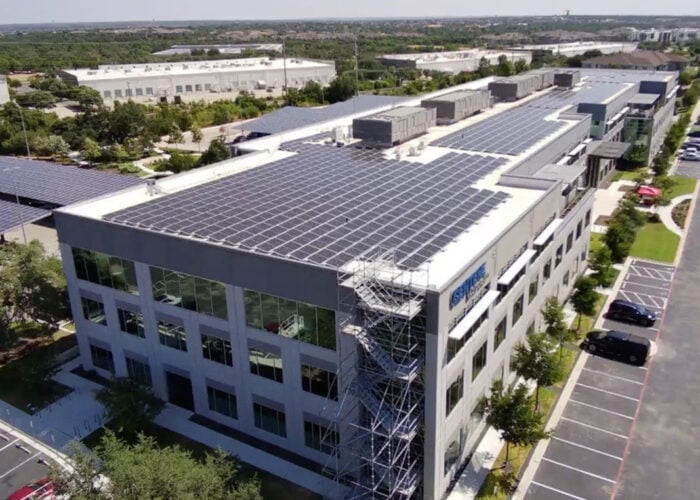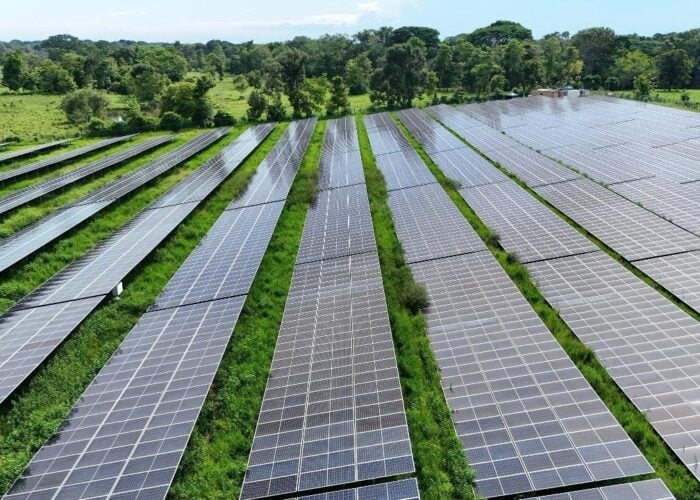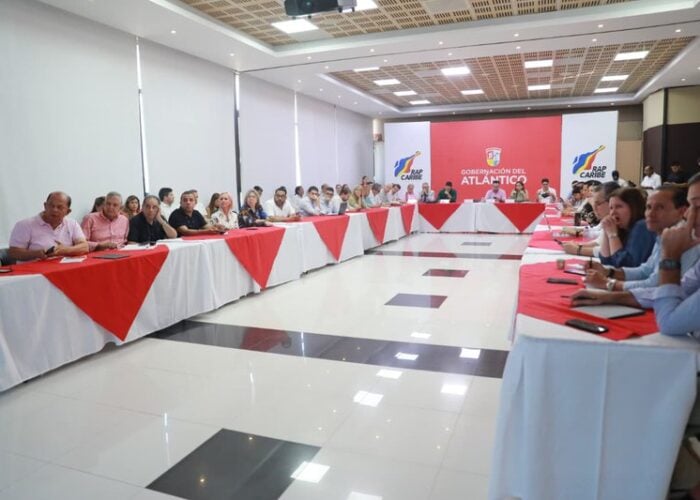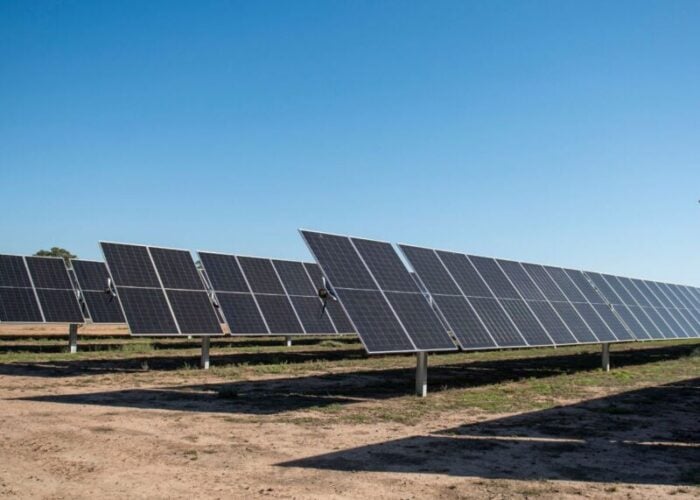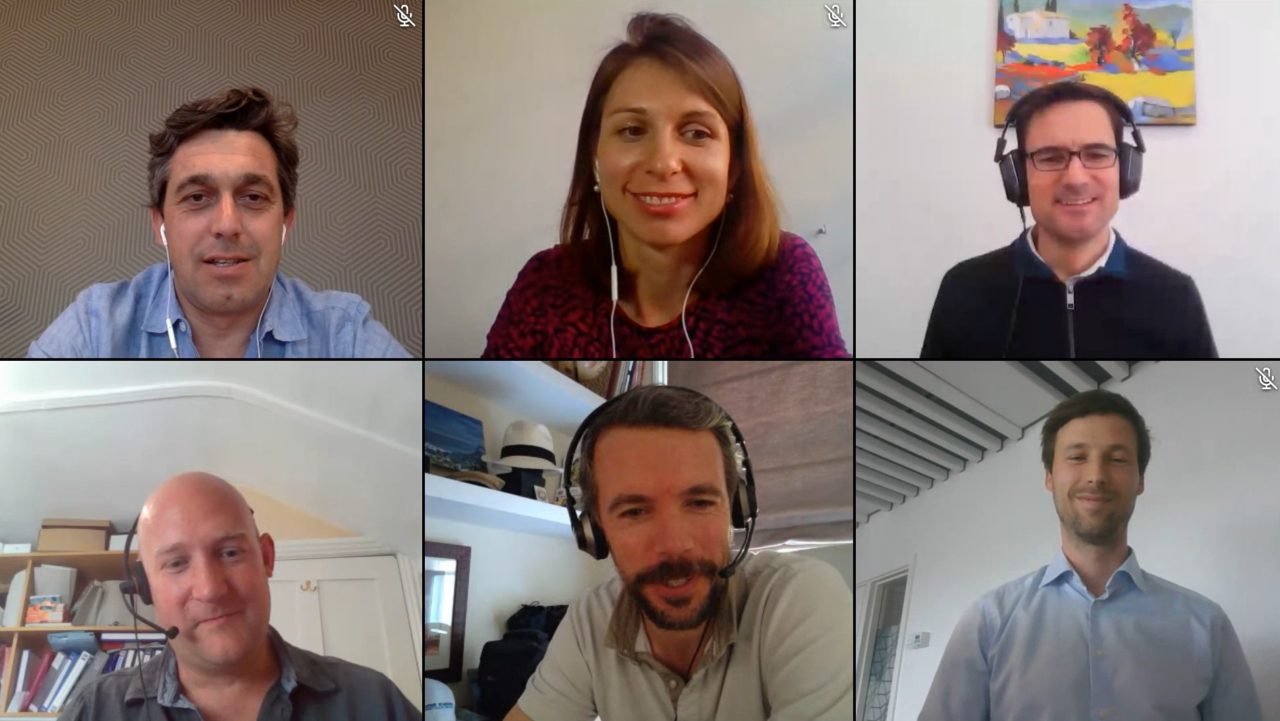
Unsubsidised solar will thrive in the new world order that is emerging from the fallout of the COVID-19 pandemic despite the immediate hit from tumbling power prices, industry operators have said at Solar Media’s Large Scale Digital Summit.
Like their Iberian counterparts on Tuesday, NextEnergy Capital, Octopus Renewables and the other speakers joining the online session on Thursday were confident that solar’s subsidy-free shift will remain the way forward, provided the industry continues to ramp up innovation as recently.
Try Premium for just $1
- Full premium access for the first month at only $1
- Converts to an annual rate after 30 days unless cancelled
- Cancel anytime during the trial period
Premium Benefits
- Expert industry analysis and interviews
- Digital access to PV Tech Power journal
- Exclusive event discounts
Or get the full Premium subscription right away
Or continue reading this article for free
Stirling Habbitts, director at financial advisory Green Giraffe, said the current “psychological shift” among infrastructure investors may benefit solar. “Airports, toll roads, oil and gas – these were seen as very stable in the past and look at them now,” he said. “Today, in terms of where you get stable returns, there’ll probably be receptiveness to the idea that even without subsidies, solar is better.”
Habbitts – who gave a few recommendations for PV players approaching banks in the COVID-19 era (see box-out below) – said all 80 European lenders his firm had spoken to are open for business. “Maybe pricing is slightly higher, maybe they can’t process projects as fast – but they’re ready to look at your project, which is great,” he said.
Aldo Beolchini of NextEnergy Capital said the pandemic will not stop the prior shift from “distorting” subsidies to merchant and PPA solar. “That’s the beauty of solar costs – they can only go in one direction,” said the managing partner and CIO. “It might be harder than we wanted for a few years but once we’ve reached grid parity we’re never coming back.”
Getting investors on board will require a new conversation, Beolchini said. “It’s unfortunate that we treated them so well with the steady cash flow of subsidies but all of this has to change,” the managing partner said. “Solar investments are not what they used to be – we need to park subsidies and think in terms of infrastructure, where returns are lower and revenues more volatile.”
Roberto Castiglioni, founder and CEO of energy advisory Ikigai Capital, spoke of “educating” investors. “When I started 20 years ago, we would fund fully merchant 600MW [gas] projects and no one blinked an eye,” he argued. “We need to go back and remind investors that we were doing this decades ago – that merchant risk also can be mitigated.”
Approaching banks in the COVID-19 era: A how-to by Green Giraffe's Stirling Habbitts
“For the developers out there – if you already have some assets and portfolio with subsidies in it, some subsidy revenue, it's always good to mix merchant projects into those. You're not pushing your banks and investors directly into the risk, but diluting it instead into a broader portfolio.
“Another one is to focus on existing relationships. With banks and investors, we've pretty much seen they’re not very adventurous at the moment. Try and focus on the banks and investors you're already talking to, the interactions where the relation is already there.”
Storage, business models to weather the PPA downturn
Despite the bullish talk, speakers were not blinded to the short-term disruption for solar PPA plays, squeezed by the crash in power prices. Current PPA prices are, said Mikkel Kring of PPA advisory Our New Energy, 15% lower than what projects need to build. “We see a divergence,” the partner noted. “The pipeline flows, the developers and financiers are keen, but the PPA prices are not there.”
Kring’s advice for PPA-seeking solar firms was to continue knocking on offtakers’ doors to get the dialogue going. “Once everything picks up again there will be competition, a big influx,” he said. “What we’re trying to do is prepare clients to go to offtakers and develop the conversation, because with corporate PPAs that can easily take up to 8, 12 months.”
The Large Scale Digital Summit session touched upon the business models solar firms could explore to circumvent the present PPA standstill. Kring, for one, spoke of the current appetite in Northern Europe for new outlets for excess power. “We’re also seeing mixes with heat storage,” he said. “With negative prices, there is a business case to convert hot water into money through e-boilers.”
NextEnergy’s Beolchini pointed at the “win-win” of emulating the US’ embrace of community solar. “It would be great to see this in Europe as it’s a way to cut out the middleman and sell power directly,” he argued. “Of course there’ll be resistance from the incumbents but this is our role as solar disruptors – to promote new efficiencies even if they go against certain interests.”
Unsurprisingly, storage was talked about as a key partnership. “We can’t rely on subsidies, we need to bring in a technology that ensures that solar becomes reliable as it is affordable,” said Ikigai’s Castiglioni. “Whether it’s lithium batteries, water or others – any kind of energy storage will be fundamental for the energy transition.”
Despite the belief in storage’s role, speakers noted that the economics have improved but still have some way to go. “We think storage might take a couple of years as there’s not enough volatility in the market yet,” said Julia Gubar, senior investment manager at Octopus. “From our side auctions and subsidies would be ideal, but realistically it seems to be happening on a merchant basis.”
Whichever the technology partner, solar’s subsidy-free success after COVID-19 will require doubling down on innovation, said NextEnergy’s Beolchini. “Single trackers, split cells, bifacial… it feels as if solar has come up in the past 24 months with the innovation we’d been sitting on for years, because we had subsidies,” he said. “It will be interesting to see how rapidly the industry responds now.”

